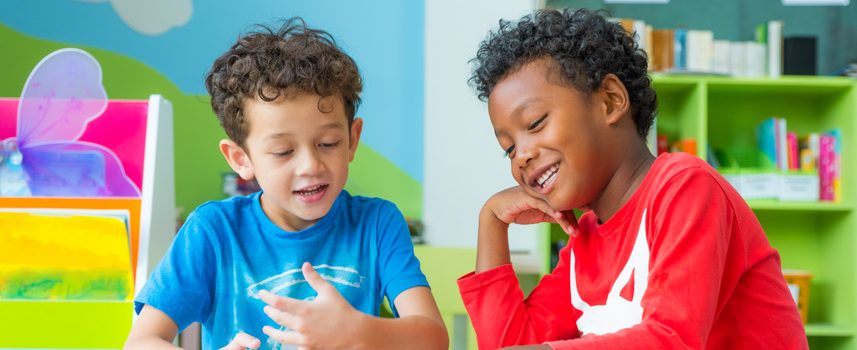For today’s educators and parents sending their children to kindergarten, it’s clear that the expectations on these young learners have evolved over the last two decades. Kindergarten was once a starting point for students, a pre grade level to help students become comfortable with the landscape of school. Now, they’re expected to enter with a wide variety of foundational skills that they can build upon as the year progresses.
Here are some of the changes for kindergarten students in the last two decades:
Years ago, Kindergarten students were introduced to the letters and sounds of the alphabet. Today, the students are expected to be able to read by the time they start First Grade.
Kindergarteners have decreased opportunities to explore music and arts.
Dedicated space for play and discovery have decreased as more attention has been placed on developing skills as opposed to encouraging students to explore and find their own personal engagement opportunities.
Reading and Math instruction has increased. This helps prepare students for the raised expectations in these areas, but results in less time for student-based discovery opportunities.
The reasons for these changes point towards beneficial shifts in education. Pre-K classes have become part of the process and help students learn the foundational skills they need to be more prepared for Kindergarten.
While the evolution of Kindergarten does help students prepare for the raised expectations of elementary school, it’s also important to keep track of what trade offs are in place to ensure young students are still engaging in their own instincts and interests at this early stage of development. Teachers and parents should encourage play, exposure to arts and music, and time to explore outside of the classroom.

